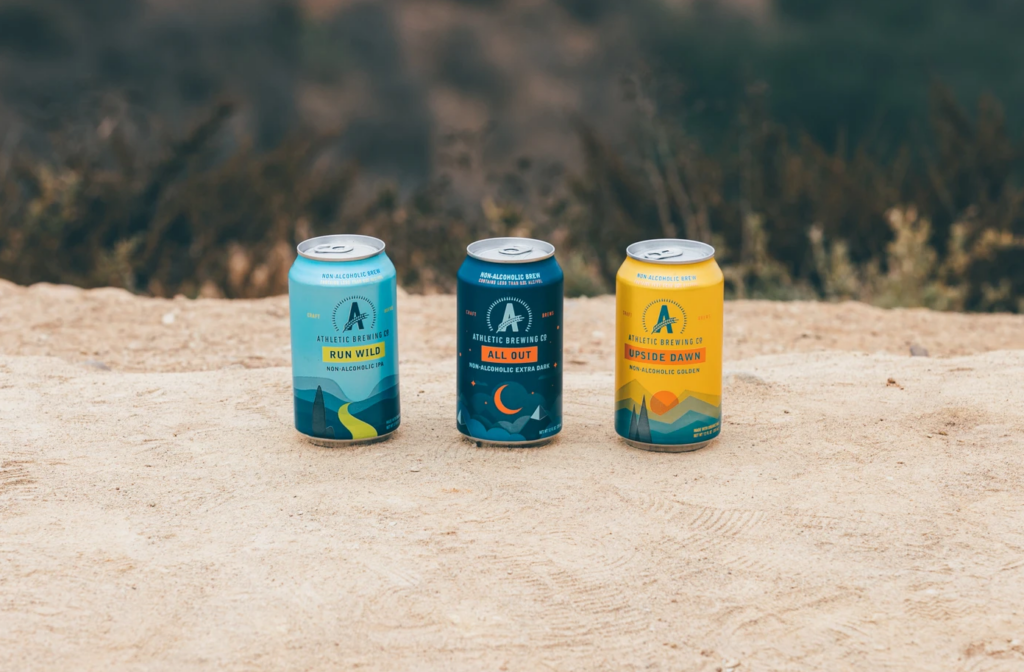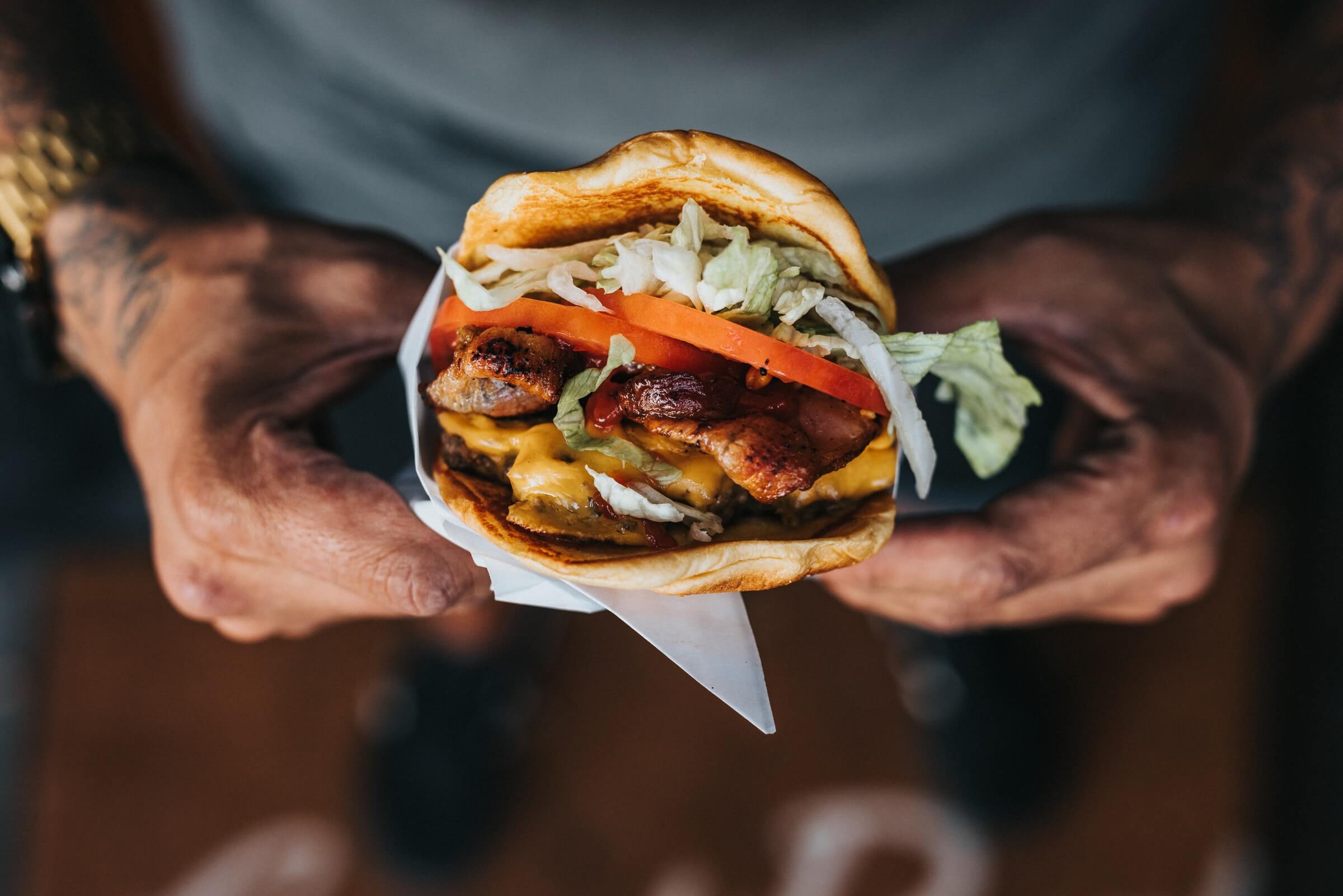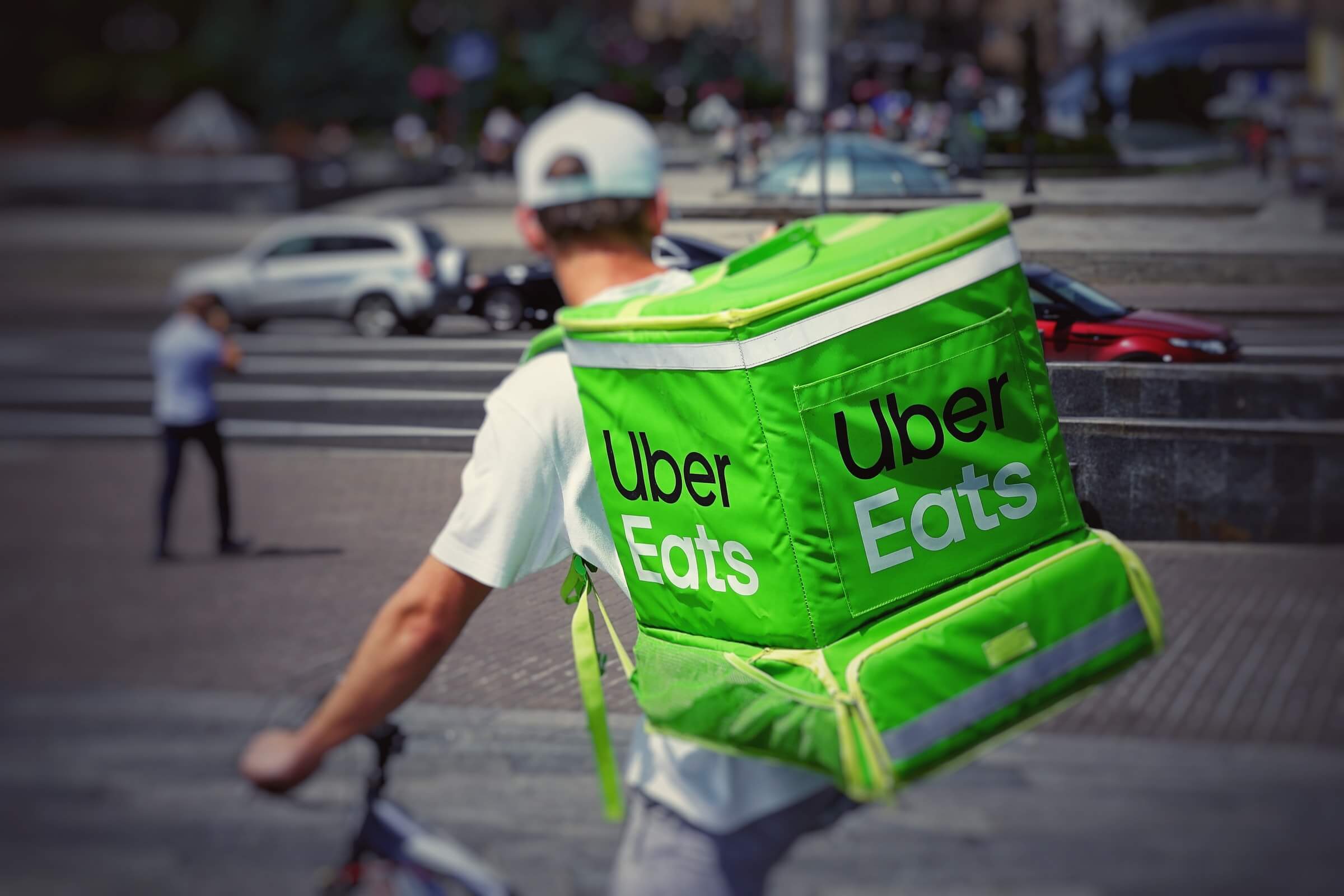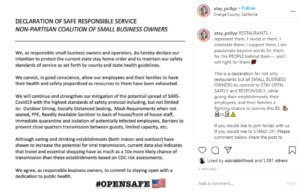SevenRooms Reveals Third Party Delivery Impact
by David Klemt
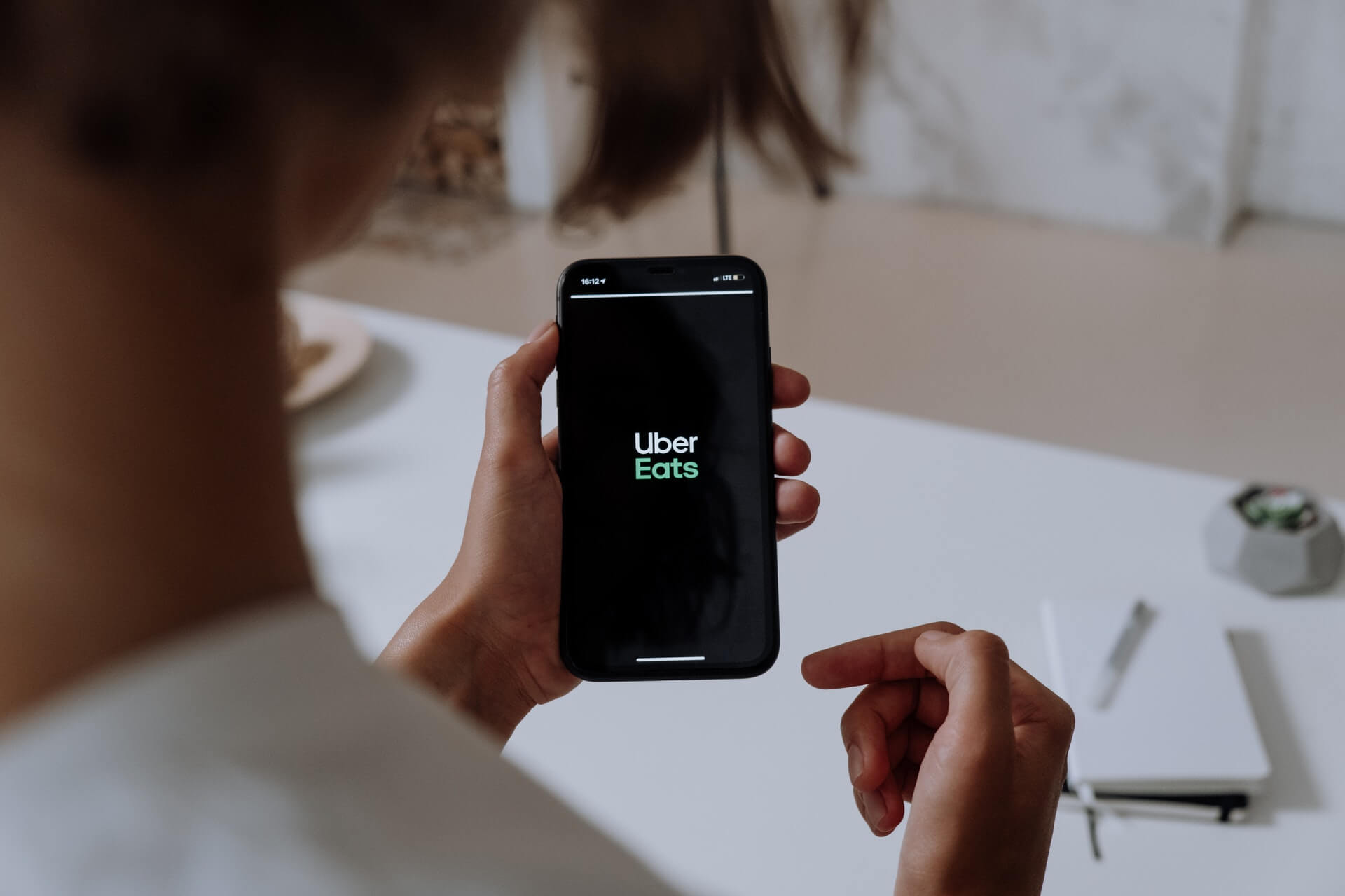
New findings from SevenRooms, the powerful reservation and guest relationship platform, show the impact third-party delivery has on restaurants.
In partnership with YouGov, a respected internet-based market research and data analytics firm, SevenRooms finds that direct delivery saves operators thousands of dollars per month.
The overall finding of the “Data & Dollars: Revealing the Impact of Third-Party Marketplaces” report is startling. Operators are relying on a technology that in reality is harming them and their bottom line.
Cost of Convenience
Foodservice operators and workers, along with being hospitable in their mission to serve others, are adaptable.
The industry proves this time and time again. This is particularly true of the past 12 months.
Nimble operators pivot quickly, so it makes sense that so many restaurants, bars and other foodservice businesses embrace delivery, takeout and curbside pickup. Doing so is a direct and seemingly logical response to a major shift in consumer behavior to lockdowns, restrictions, and health concerns.
Most operators are well aware that state third-party delivery platforms take a 30-percent commission on average. However, the cost goes beyond devastatingly high fees: operators also lose control of the guest journey.
Real-world Example
SevenRooms illustrates the negative financial impact third-party delivery platforms with three examples: a high-end Italian restaurant in New York; a high-end steakhouse in Los Angeles; and a high-volume casual restaurant in California.
Let’s take a look at the last example.
Over a six-month period, the restaurant fulfills 19,000 combined orders. Delivery makes up 75 percent of these orders, takeout/pickup account for 25 percent. The average order is $33, and over the six-month period the total order volume is $617,500. Had the restaurant implemented direct delivery rather than third-party, they would have saved about $154,000.
Break those savings down and the restaurant would save approximately $25,600 per month that could go to:
- PPE: 853 boxes of face masks or 196 boxes of gloves.
- Takeout: 101,000 food containers.
- Guest experience: 522 tanks of propane to keep guests warm on patios.
Using an average rent amount of $6,000-15,000 per month in Los Angeles, that’s also two to four months’ rent.
Guests Support Direct Delivery
The impact of third-party delivery on restaurants isn’t lost on consumers. Many view ordering food as more than just convenient, they see it as a way to support their favorite businesses.
Luckily, consumers are supportive of ordering delivery, takeout and pickup directly from restaurants.
Per SevenRooms:
- Firstly, 37 percent of Americans are eager to do anything they can to help restaurants.
- Nearly half, 48 percent, think it’s more economical to order directly from a restaurant.
- 28 percent who say they prefer ordering directly to third-party delivery feel that way after seeing their favorite restaurants suffer.
- 23 percent are informed and think third-party delivery platforms charge restaurants too much in fees.
- 16 percent feel that the harm done to restaurants by third-party delivery outweighs any benefits.
Leverage Direct Delivery Support
SevenRooms identifies several ways in their report that operators can succeed in getting consumers to order directly.
One way is the platforms’ own Direct Delivery solution. We speak to SevenRooms CEO Joel Montaniel about this solution on our Bar Hacks podcast.
Then, of course, there are an array of incentives consumers are willing to accept in exchange for direct delivery and ordering:
- 41 percent of Americans would order directly over ordering via third-party if a restaurant has its own app with features such as tracking and communication.
- 37 percent consider a complimentary item such as an appetizer, drink or dessert in addition to their order an appealing incentive.
- 32 percent like the idea of a personalized promotion applied to a future order or in-person visit.
- 28 percent indicate interest in a personalized promotion for their meal such as a discount code or comp item.
- 17 percent are fans of restaurants using ordering history to customize their menu and experience.
Read the entire report here. To learn more about SevenRooms, please click here. Connect with SevenRooms on Twitter, Facebook, LinkedIn and Instagram.


